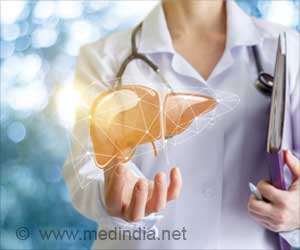A new study has suggested that commercial rice bran products contain inappropriate levels of the poisonous chemical arsenic.
Commercial rice bran products contain "inappropriate" levels of the poisonous chemical arsenic, according to a new study.
Rice bran is the shavings left over after brown rice is polished to produce white rice grains.According to a report in New Scientist, Andrew Meharg at the University of Aberdeen, UK, and colleagues made the findings.
The research team found that the levels of arsenic in rice bran products available on the Internet and used in food-aid programmes funded by the US government would be illegal in China - the only country in the world to have standards for how much arsenic is permissible in food.
Arsenic is a natural carcinogen, present in drinking water around the world including in Australia, the US and many developing countries.
In the new study, Meharg and colleagues purchased brown rice from China and Bangladesh and polished part of it in the same way that it would be to produce commercial white rice.
They found that 1 kilogram of brown rice contained on average 0.76 mg of arsenic in its toxic inorganic form. The rice also contained some non-toxic, organic arsenic.
Meharg and his colleagues purchased nine commercial rice-bran products online, including rice-bran solubles from a company that participates in food-aid programmes, and analysed their arsenic content.
"The arsenic concentrations reported are worrisome, but the risk assessment is complex," said Philippe Grandjean, professor of environmental health at Harvard University's School of Public Health.
Indeed, "safe" standards for arsenic intake are also controversial.
The risk of skin, lung, bladder and kidney cancer increases proportionally with arsenic intake, which has lead toxicologists to the conclusion that there is no "safe" limit.
But risks must be weighed against the benefits gained from drinking water and eating certain foods that contain the poison.
The worrisome fact is that in recent years, a number of rice-bran products have come onto US and European markets, mainly targeted at health-food consumers.
Variants of this food product have been distributed as food aid to malnourished children in Malawi, Guatemala, Nicaragua and El Salvador. There are plans to further expand the aid programmes in Latin America, India and the Caribbean.
"Rice-bran solubles are not the only way of getting nutrients to malnourished children," said Meharg. "If aid agencies want to go down the bran solubles route, why not wheat, oat or barely bran solubles. All these crops have ten times less total arsenic than rice and are just as nutrient rich," he explained.
According to Grandjean, one would expect dietary supplements to be virtually free of unwanted substances like arsenic, especially when aimed at children, who are particularly vulnerable to arsenic.
Source-ANI
RAS /J
 MEDINDIA
MEDINDIA




 Email
Email





